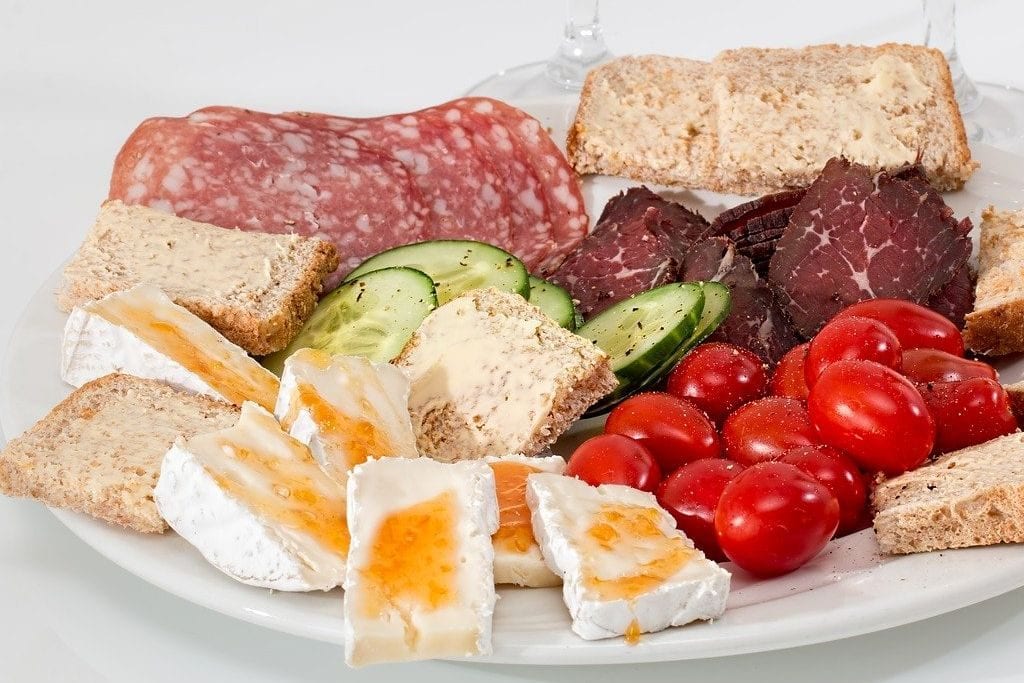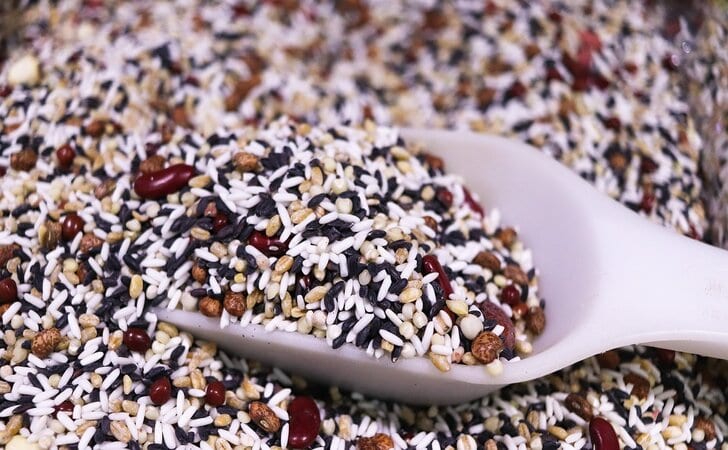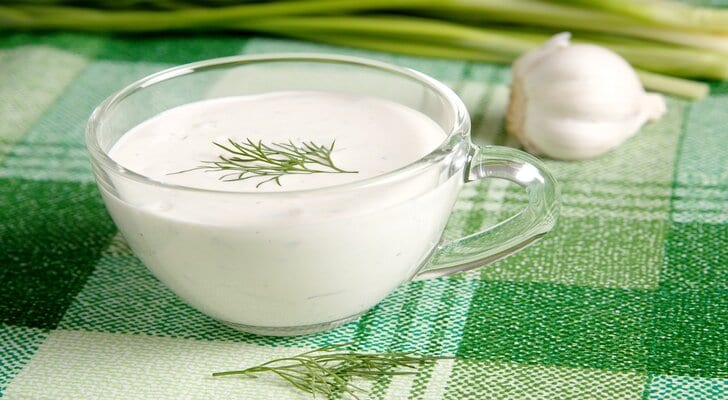Everyone knows how protein is important to improve our health and wellbeing. Protein plays a crucial role in building and preserving our muscles to achieve a healthy and fit body. Most of all, it also aids in your weight loss.
And when we think about protein, the first thing that comes to our mind is meat. Eating meat serves as a great way to ingest protein. But did you know you need to get all the types of protein your body needs? According to the health experts, our body needs to have a complete protein intake for it to function well and boost our health and wellbeing. What is a complete protein intake, anyway? Let’s read and find out.
What Is Complete Protein Intake?
According to the health expert Erik Bustillo, R.D, a complete protein meal means it contains all the amino acids our body needs to consume. Proteins are made of a

combination of building blocks also known as amino acids. He adds that our body needs a total of 20 different amino acids to repair or grow new tissues and break down foods to extract the nutrients throughout our body.
Furthermore, these 20 essential amino acids cannot be made by your body on its own. So the easiest way to acquire them is by consuming foods according to the National Institutes of Health (NIH). The following essential amino acids are:
- Valine
- Threonine
- Tryptophan
- Methionine
- Phenylalanine
- Lysine
- Leucine
- Isoleucine
- Histidine
You need to acquire these nine essential amino acids since our body can’t produce them on its own, according to Bustillo. The remaining 11, on the other hand, is called non-essential since our body can produce them on its own.
Bustillo says it’s crucial for everyone to acquire all these nine amino-acids by eating protein-rich foods. If you’re a meat-lover or even a pescetarian (who eats veggies and fish but no meat) can rest at ease since they’re getting all nine essential amino acids since they still eat complete protein. Even those Lacto-Ovo vegetarians who eat dairy and eggs are also exempted.
What About Plant-based Proteins?
Unfortunately, plant-based proteins aren’t considered a complete protein except for soy according to Bustillo. He calls these plant proteins as “incomplete” proteins since they lack some of the essential amino acids our body needs. Fortunately, it’s not an end game for strict vegans yet according to Bustillo. You just need to be more strategic when it comes to planning your protein sources to make sure your body is still getting all the important nutrients you need.

Bustillo adds vegans should combine two different incomplete proteins to get all the essential amino acids. He calls this strategy as making a “complementary protein.” He also reminds the vegans of this rule of thumb to make complementary protein work: always pair beans or legumes with seeds, nuts, or a whole grain to make a complete protein. Bustillo laid out some of his favorite combinations like:
- Beans and Brown Rice
- Hummus and Pita
- Bread and Peanut Butter (A classic!)
Determining Your Protein Intake
According to health experts, the amount of protein intake usually depends on the person’s weight and fitness level or goals. For example, a 140-pound woman would eat around 50 grams of protein every day. But regardless of your required recommended protein intake, Bustillo wants to make sure you’re acquiring it from complete sources like complementary plant-based proteins or animal proteins to ensure your body receives all the nine essential amino acids.

Also,
good news for those who are on a vegan diet. The National Institutes of Health says it’s not necessary for you to eat complementary proteins together in every single meal. Instead, you only need to eat a complementary protein over the course of the day.
It’s recommended to pair your complementary protein meal with a complete protein powder for vegans. You can also try experimenting what plant-based foods to pair to meet your complimentary protein intake requirement.




